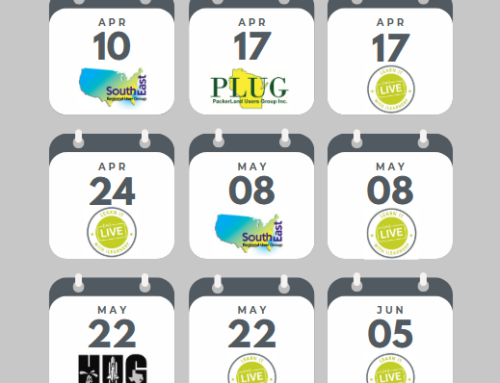 We’ve blogged in the past about how to get the most ROI (Return On Investment) from your training, and how providing a blended learning model can help with greater ROI and justification for those spent training dollars. But how can better KPIs (Key Performance Indicators) help you plan and evaluate training? KPIs are meant to provide metrics that support ROI calculation, but the metrics that are most often used don’t necessarily reflect performance indicators for a given company. For instance, common KPIs of training often include the number of courses developed, number of employees who completed the course, and the number of hours spent during completion. While this is quantifiable, it does not necessarily measure performance in the work place, or the added value training brought (or didn’t bring) to a company. Customized KPIs, on the other hand, can help to bridge this gap and link quantifiable time spent in training with measured performance.
We’ve blogged in the past about how to get the most ROI (Return On Investment) from your training, and how providing a blended learning model can help with greater ROI and justification for those spent training dollars. But how can better KPIs (Key Performance Indicators) help you plan and evaluate training? KPIs are meant to provide metrics that support ROI calculation, but the metrics that are most often used don’t necessarily reflect performance indicators for a given company. For instance, common KPIs of training often include the number of courses developed, number of employees who completed the course, and the number of hours spent during completion. While this is quantifiable, it does not necessarily measure performance in the work place, or the added value training brought (or didn’t bring) to a company. Customized KPIs, on the other hand, can help to bridge this gap and link quantifiable time spent in training with measured performance.
In addition to planning metrics such as how many people you need to train for how long and by what means, consider specific performance improvement indicators:
Mind the gap. Finding the specific KPIs for your organization may first mean an evaluation of what gaps you hope to address through training. Are you wishing to boost productivity? Streamline a process? Cut down on employee errors? Defining the gaps at the outset of developing a training plan will show you where to begin developing content to address those gaps. Customizing goals for KPIs at the beginning of a training project can help to justify training dollars, and can help ensure that you maximize those training dollars towards greater profitability.
Define the gap. Once you understand what the gaps in your organization are that you hope to address through training, you can start to create specific goals related to the gaps. These goals should be measurable so that you can evaluate the effectiveness of training. Specifically defined goals can help guide training, and they can also boost employee confidence in training. Most employees want to be better at their job, and once they realize how the time they are spending training can not just benefit the organization, but their individual value as an employee, they’ll quickly get on board.
Bridge the gap. With customized KPIs, training content can be developed to address specific gaps and goals within the organization. This is also the time to figure out what types of training help to bridge the gap and meet the needs of your specific audience. Check out our Learner Experience Series to read more about how to design training that meets the needs of today’s learners.
And last, we can help! We create customized training that will partner with your needs every step of the way – from discovery to delivery. You can read more about our training philosophy here.
Like this? Please share.



